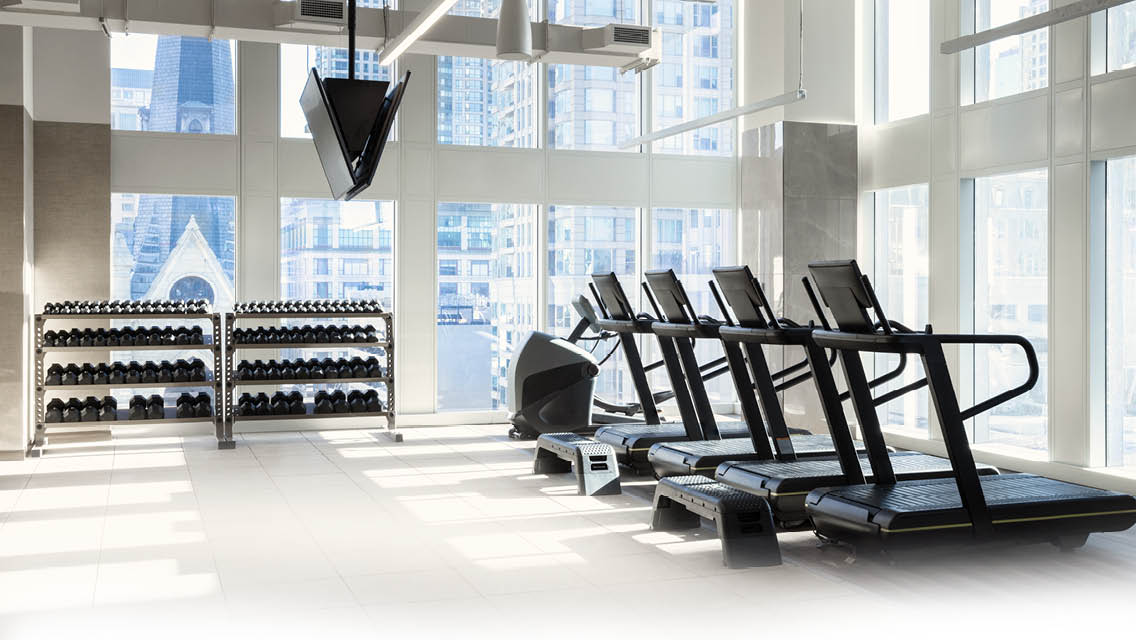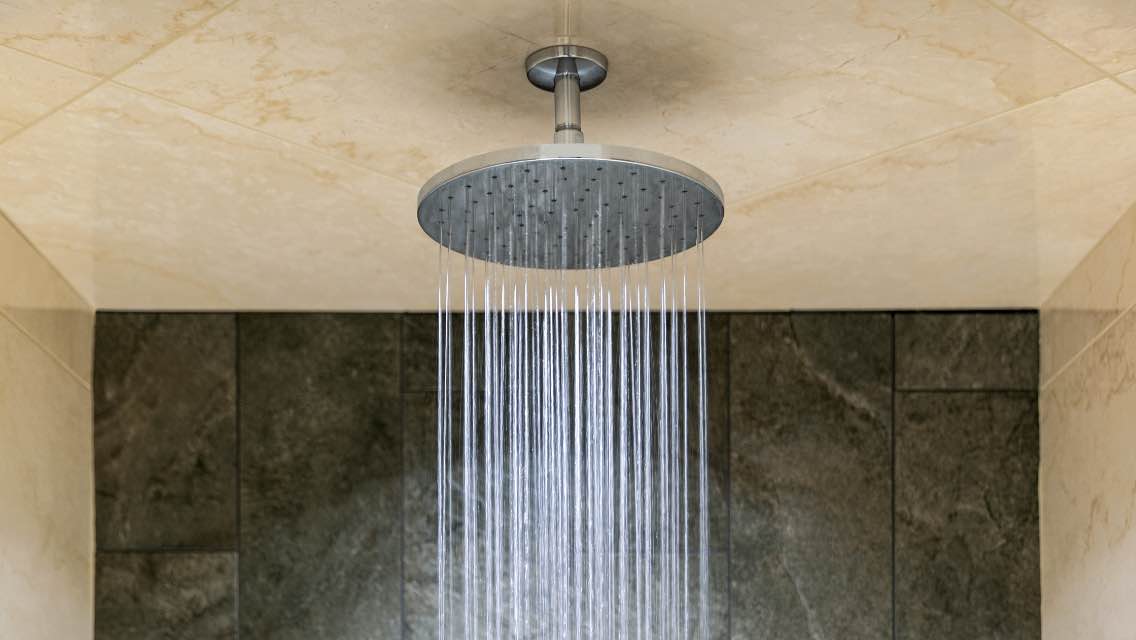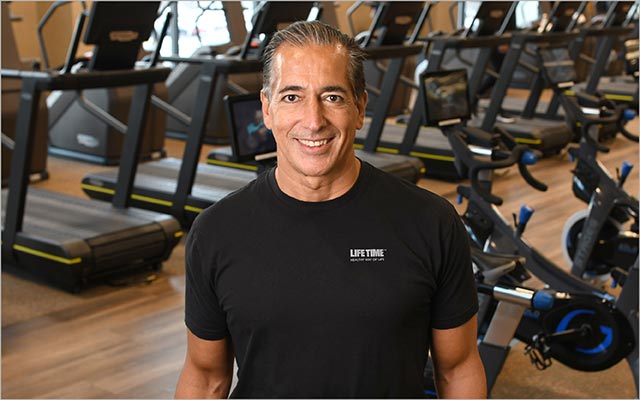Environmentally friendly fitness centers aren’t just good for planet Earth, they’re also good for your health.
Health clubs require significant power to heat swimming pools, run exercise machines, launder towels, heat, cool, and light spaces, and more. To temper their environmental impact, some major players in the industry are exploring and implementing options for creating greener facilities. And that means you may benefit from better indoor-air quality and fewer toxic chemicals in cleaning procedures.
Life Time (which publishes Experience Life) is constantly striving to be as green as possible, says founder, CEO, and chairman Bahram Akradi: “For 30 years, we’ve prioritized designing and building athletic clubs with healthy communities and a healthy planet in mind. This will continue to be a significant focus for us as a core component of our Healthy Way of Life vision.”
Life Time is focused on reducing energy, water consumption, and waste, says Renée Main, senior vice president and leader of Life Time’s sustainability initiatives. With more than 150 locations in the United States and Canada, Life Time continues to make incremental investments in increasingly efficient equipment and operations while reducing its plastics footprint.
“We build our clubs with long-lasting materials such as granite and wood and mechanical systems that offer efficiency at the time of construction. Then we consistently look at our operations at every club to make efforts to update our facilities when possible to maintain optimal efficiency,” explains Main.
Changes at Life Time are occurring on both the macro and micro levels, including these environmental initiatives:
- Reduced overall electricity use by 40 percent over the past 10 years. This was done in part by retrofitting Life Time facilities with LED lighting, which has led to an energy savings of more than 50 percent compared with conventional lighting. (Original LED fixtures were engineered by Life Time.)
- Added solar to the energy mix in certain clubs — and some are experimenting with thermal power. At the same time, the company cut natural-gas use by 15 percent. In July 2022, Life Time was recognized for ranking No. 1 nationally among all Energy Goal Achievers participating in the U.S. Department of Energy’s (DOE) Better Buildings Challenge. This was achieved by a 38 percent reduction in energy usage across more than 16 million square feet of building space. Life Time received other DOE awards in 2016, 2017, and 2018.
- Tightened water consumption by 10 percent or 157 million gallons.
- Decreased plastic use by replacing single-use water bottles in LifeCafes with Life Time Water, bottled in aluminum (in partnership with Proud Source Water). In 2022 alone, this saved more than 1 million plastic water bottles from entering landfills.
- Halted automatically sending membership cards to new members as a way to further reduce plastic use. In 2021 alone, more than 630,000 cards were mailed. Members can now check in using their virtual membership card on their phone. In the coming months, Life Time will transition to cards made from eco-friendly materials for members who wish to have a permanent card and for clubs that require cards in the locker rooms.
Looking ahead, Life Time updated its five-year sustainability plan with the following new goals:
- Reduce gas and electric consumption by an additional 20 percent and water consumption by another 40 percent.
- Continue to cut plastics use at all locations and events.
- Source locally grown ingredients for every LifeCafe.
Micro Examples of Macro Changes
The U.S. Department of Energy (DOE) visited the Life Time athletic country club in Chanhassen, Minn., in July 2022, to observe sustainability efforts implemented at that location. These changes are examples of what’s happening at the more than 150 Life Time clubs nationwide:
- Modified all fixtures to LED lighting, reducing energy usage by almost 70 percent from the time of initial construction.
- Modernized 95 percent of its HVAC inventory by upgrading or retrofitting with new controls nearly 3,000 rooftop units — and receiving DOE recognition for that effort. Variable frequency drives now modulate the speed of HVAC motors to optimize fan energy and control run times based on club occupancy.
- Implemented the use of demand-control ventilation for all gym spaces, fitness studios, and pickleball courts to optimize energy consumption and air quality.
- Updated all pool pumps with variable frequency drives to optimize pump energy use, in many cases reducing usage by 50 percent.
- Installed flow meters on all autofill lines for the pools to analyze the makeup water (the amount of water that would have to be refilled after any leakage) to ensure there are no leaks, potentially saving gallons of water.
- Added a relay between the men’s and women’s steam rooms so they do not initiate the heating system at the same time and installed a start button and timer so the rooms only operate while occupied. This reduces the average peak demand of energy use of the steam rooms by 25.5 kilowatts.





